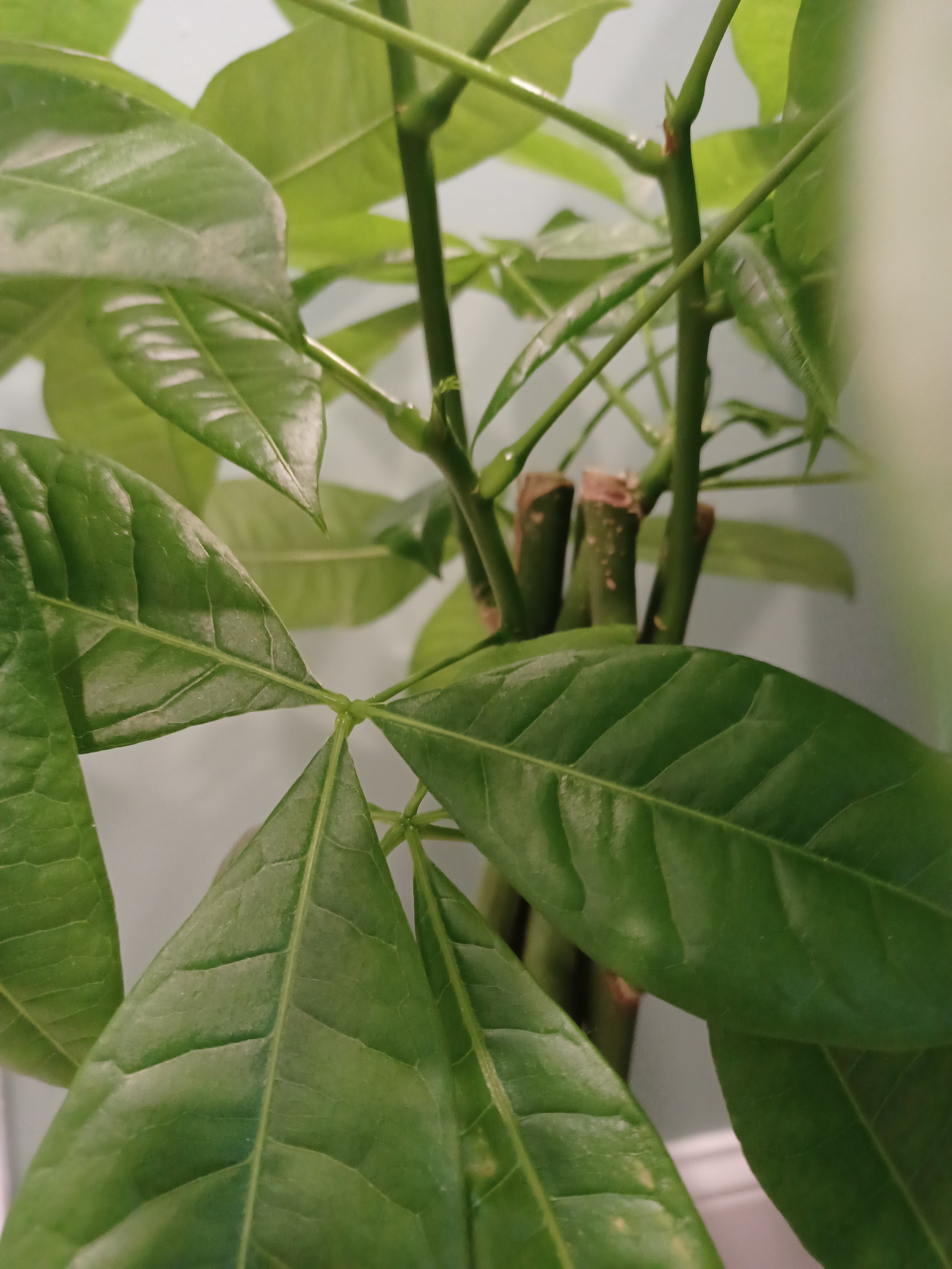
What is Traditional Chinese Medicine?It is an ancient medicine which has been practiced and perfected for thousands of years, and continues to prove effective at treating a vast array of conditions today. It focuses on maintaining balance within the body to prevent disease, and realigning imbalances within the body to treat disease. Its theories are rooted in the laws of nature, and how our bodies fit into those laws as a part of the natural world. Its treatment methods support and restore the body’s natural ability to heal while targeting the root of disease through pattern diagnosis. By understanding the interconnectedness of our bodies’ systems, it works on a holistic level, treating a person mentally, emotionally, and physically. Each treatment is as individualized and unique as the person being treated. A practitioner may use one or many modalities during a treatment depending on what is indicated for each individual case.
Modalities of treatment include acupuncture, acupressure, cupping, gua sha, moxibustion, diet/lifestyle recommendations, herbal medicine, and ear seeding.

How does Traditional Chinese Medicine work?Simply put, it works by stimulating the body’s nervous, circulatory, endocrine, and lymphatic systems.
Now for the longer answer…Acupuncture points exist not on a nerve or in a muscle, but in a small gap or hole in between such structures. Acupuncture channel pathways/meridians traverse the entire body, and are connected to a variety of tissues and organs. These connections are made possible by fascia (the most abundant connective tissue in the body). Because of this network, points on the leg can treat things like pain of the shoulder, indigestion, or headaches.
The insertion of acupuncture needles creates a micro-trauma, which causes the body to hyper-focus. The nervous system senses this and causes a cascade of things to happen: circulation increases, hormones are released, and the immune system is stimulated. Think of an acupuncture needle like a conduit between two points which were previously having trouble connecting. Each point (and combination of points) sends specific messages to the brain/body about what is wrong, and how/where it needs to heal.
Acupressure works in the same way… minus the needles.
Intramuscular needling (called Motor Point Acupuncture — a more detailed version of what is commonly referred to as “dry needling“) releases muscular tension by directly stimulating the nervous system in order to reset the natural position of a muscle. It is accomplished when a practitioner stimulates the motor point of a muscle, which is the most reactive and innervated portion of the muscle, with an acupuncture needle.
Cupping and gua sha work by manipulating muscular tissues through suction or pressure, respectively. The manipulation causes the release of old dead/unhealthy blood from the muscles, so that it can be filtered out and excreted from the body as waste. The tissues can then be refilled with fresh new/healthy blood, which promotes healing in the area.
Herbal medicine is taken internally or used topically, and works by absorbing compounds into the bloodstream through digestion, or through the skin. Each herb has a specific set of actions, and when they work in combination in a formula, the body receives a clear and direct message on how and where to heal.
Diet and lifestyle modifications are chosen based on constitution (body type and genetic predispositions) and current symptoms. By creating meals, exercises, routines, and habits which are uniquely designed for an individual's needs, one can achieve and maintain better gut health, physical health, and mental health.








